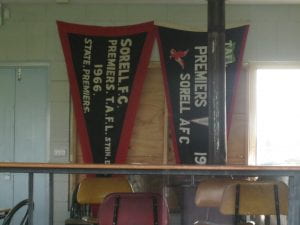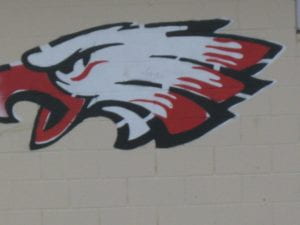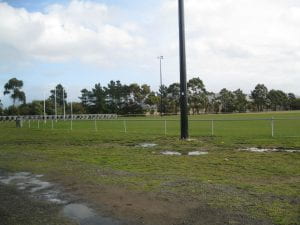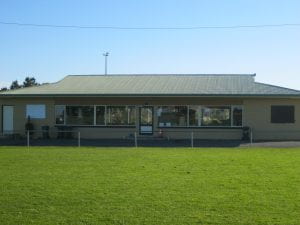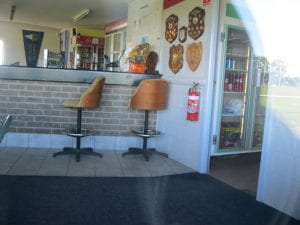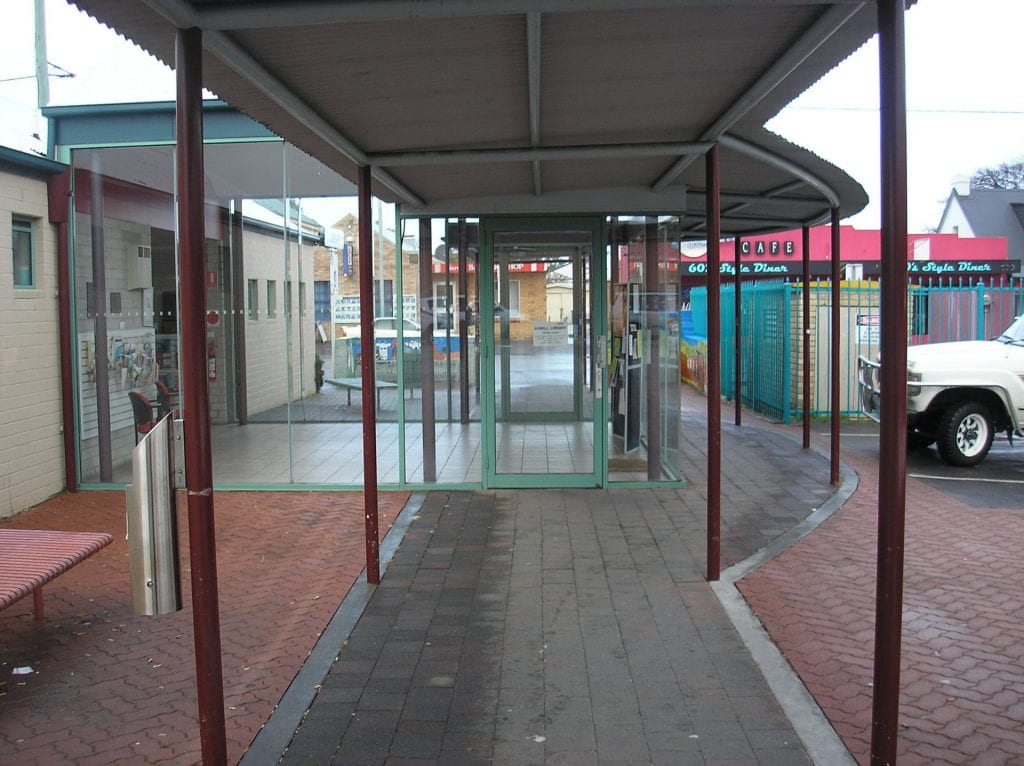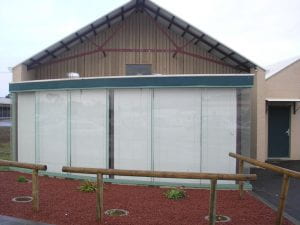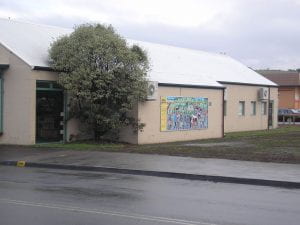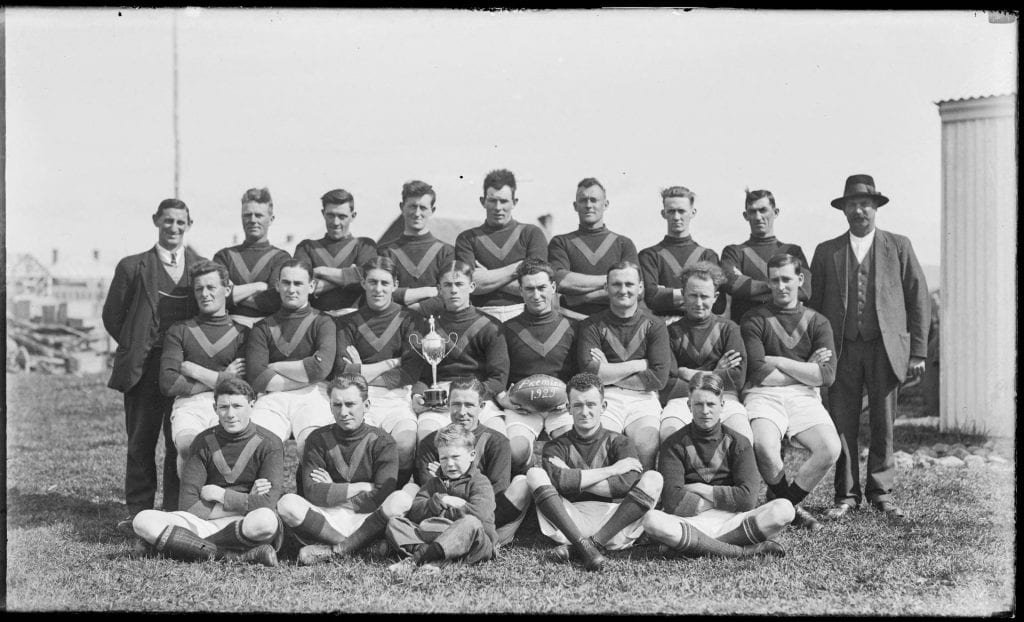
History
The Sorell Football Club was formed in 1883 and celebrated 125 years of being a club in 2008 when students from Sorell School (Ben and Brad) gathered this information.
Sorell has had three home grounds:
- first was past the last house of Sorell on the Arthur Highway,
- second was the Sorell Memorial Oval and
- third is Pembroke Park the one currently used by Sorell.
Sorell has played in the following leagues:
- South East Districts Football Association
- Tasmanian Amateur Football League in 1963
- Southern Football League in 1996
- and finally the Southern Regional Football League.
In the very early days of the club, all country clubs played only challenge games for a trophy.
Sorell were originally called Pembroke in 1881. The major sponsor of the club is Pembroke Hotel. Max Tuttle was one of the best players in the state. His family owned the Pembroke Hotel. In 1933 he was asked to play for Collingwood but instead he went back to Sorell and captained and coached Sorell.
In 2008, Sorell have 20 life members, and with Tim Weir as president they are sure to win another game!
Some photos taken while visiting the club rooms, showing the building, the oval and some of the trophies.
Premierships
The club has won premierships in 1937, 1938, 1939, 1952, 1960, 1961, 1962, 1966, 1983 and 1990. All the premierships are on display at the Sorell Hall. It took until 1932 for them to win their first premiership.
Players who have played AFL
Only three players Royce Hart, Tom Collier, Sam Iles have played AFL football.
Royce Hart was a determined player who was willing to put his body on the line for his team. He was so determined that he got a concussion at least six times each season. When he was at school, he played school football.He was vice captain of the team. He played 187 games and kicked 369 goals for Richmond from 1965-1977. Royce was the Richmond captain for four years (1972-1975) and won the best and fairest in 1969 and 1972. He was an All Australian in 1969 and is in both Richmond’s and the AFL’s Team of the Century.
He also tried coaching for a few years with Footscray (1980-1982) but it didn’t go to well. Footscray only won 7 games in his first two years. He trained the players too hard and sacked the players who couldn’t keep up. He ended up getting sacked and started coaching the Richmond reserves then returned to Tasmania and was a commentator for ABC.
Mark Clothier has the most games played in an Eagles jumper with 410 games.
More information from George Quinn interview
The club is 125 years old in 2008, having been founded in 1883. ( Of interest there was a prior club called Pembroke, which started in 1881, possibly changing it’s name to Sorell).
The Amateurs split into Old Scholars and Southern Football League in 1996 and Sorell joined the SFL. It had one year – 2002 when all clubs played Premier League, after the end of the State Wide league, otherwise it has been in the SFL Regional League.
Early Football
In the very early days of the club, all country clubs played only “challenge” games for a trophy, but sometimes for a pennant and badge. Rules were made up at a meeting of clubs interested in playing in that year and then a team challenged the club who was holding the trophy. Between 1900 and 1910, Sorell had a very successful team, winning the Brown Trophy, which originated in New Norfolk, in 1904,07,08.
They also won the Ellis Dean Trophy, which was donated by the Warden of New Norfolk Council and MHA, Ellis Dean, in 1908. The game had to be played at New Norfolk.
The Sorell footballers and supporters gathered at the Sorell Station, having walked or coming by horse transport. They packed the Sorell Train to Bellerive, where they caught a ferry to New Norfolk. They all walked to the Football Ground followed by most of the population of the town.
They won the game and headed back to Sorell. On the way back they made up the following poem to celebrate their win :-
“ Dean, Dean, Dean, the good old Ellis Dean
It is the finest trophy that New Norfolk ever seen.
We’re not going to tarry, but we are going to carry
Back to Sorell, the good old Ellis Dean. “
George Quinn, remembers his sister Connie reciting this poem, if New Norfolk was ever mentioned. George still knows the poem off by heart. George also has a photo of Connie dressed as Miss Sorell Football. She looks a bit like Queen Victoria
This amazing team also won the Hean Pennant in 1907. This Pennant originated in Sorell, having been donated by the Warden of the Sorell Council, Alec Hean MHA.
Football Grounds
I know of three grounds used for football in Sorell :-
Just past the last house in the Sorell township, on the right hand side of the Arthur Highway, roughly opposite the turn off to Nugent.
The Sorell Racecourse. The team played in the middle of the racecourse.
The Sorell Memorial Oval, between the Sorell Hall and the Cypress macrocarpa trees.
Pembroke Park from 1994 until today. ( Pembroke Park was the Sorell Racecourse, until it was destroyed by the 1967 bushfires.)
Of course there were other teams in our area in past times, at Nugent, Wattle Hill, Forcett Bream Creek, Copping and Dunalley, that I know of. And there is a current club at Dodges Ferry.
There were other successful teams prior to Sorell entering into the South East Football Association .
In 1920, Sorell won the Hart Trophy.
In 1926, Sorell won the Hilyard Trophy.
In 1929, Sorell won the Tuttle Trophy
The Tuttles were the owners of the Pembroke Hotel and their son Max Tuttle was one of the best players in Tasmania at the time. He played for Sorell as a boy, then went to Cananore. He was selected in the 1933 Carnival Team and was asked to play with Collingwood, but declined. Instead he came back to be Captain and coach of Sorell
All of these trophies are on display in the Sorell Hall. They should be on display in the Sorell Football Club and I believe that they should be moved as soon as there is a suitable position for them.
Pembroke Park was built by the Sorell Sports Committee in 1983/1984.
The Changerooms were opened in 1984.
The two grounds and the changerooms were built by volunteer labour led by the committee, who were looking for a place for junior football and cricket. The leaders of this group were Allan Lovell and Peter Connell ( dec.)
They maintained the grounds for another ten years, before the council asked the Sorell Football Club to move over there. The council started to assist with the maintenance and upgrades of the main oval took place. The first mowing of the grounds was done by using a car to pull a gang mower. One of the first cars used was Denis Pigden’s green Woolsley. Sprinklers and heavy hoses were used for irrigation and were all moved by hand. Most of this and the mowing was done by Allan Lovell.
Alan played school football with Royce Hart and he invited him to the opening and still has the football signed by him, on the opening day.
Royce Hart played school football with Sorell. He was Vice Captain of the team. Only a hand full of players, who were Sorell Juniors have played VFL/AFL football. Royce Hart ( Richmond), Sam Iles (Collingwood), Tom Collier (Brisbane Lions). Alexander Gilmour was drafted by Richmond, but did not play a game.
Sources
http://www.sorellfootballclub.com/ most of the info above was from this website
http://en.wikipedia.org/wiki/Sorell_Eagles
Interview with George Quinn
